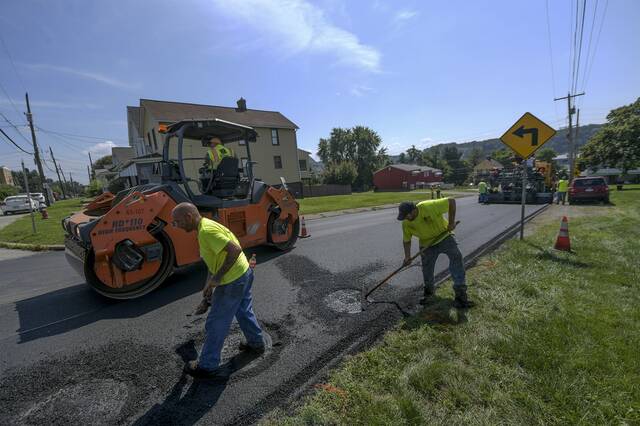Recently, the CDC published overwhelmingly positive news: Youth vaping is down by 60% or more since the high watermark (in 2019) of kids using e-cigarettes. But you’d have to use your own calculator to figure that out if you only read the CDC’s report on the data. And the FDA Center for Tobacco Products’ interpretation also plays fast and loose with the numbers, suggesting many more teens and youth are using e-cigarettes than what the data actually show.
I agree with the CDC and the FDA: Youth should not vape or use tobacco products of any kind, especially combustible cigarettes. As a family physician whose mother died of smoking related causes, I also am committed to tobacco harm reduction for adult smokers unable or unwilling to quit.
The evidence-based, data-driven approaches of public health agencies in the United Kingdom and New Zealand show tobacco harm reduction for adult smokers works to reduce smoking. It is possible to educate adult smokers about the real health benefits of vaping and also to keep e-cigarettes and other tobacco products out of the hands of children.
But we can’t do both if we’re not straight with the American public about the facts, and the CDC’s recent report misleads the public in several important ways. Coverage leads you to believe that 27.6% of high school vapers use e-cigarettes daily. But be careful. The report actually shows that of those who reported vaping sometime in the last 30 days, 27.6% reported daily vaping. The truth is, 3% of high school students vape daily.
The report also fails to acknowledge that teen vaping has declined sharply from its high point in 2019 — by 60% or more, in fact. The percentage of high school students who reported vaping even one time in the prior 30 days dropped to 11.3% in 2021, as compared to 27% and 19%, respectively, in 2019 and 2020.
Rubbing salt in the wound, the report entirely ignores the number of youth vapers who also smoke cigarettes. Just like adult vapers, some youth use e-cigarettes to move away from smoking to less harmful tobacco products.
This has contributed to a politically charged environment in which public officials, in the name of public health, promote laws and regulations that may actually be harmful to not only youth but also current cigarette smokers. For example, tobacco and nicotine product flavor bans popping up across the country often as a response to concern about youth use of flavored e-cigarettes impede tobacco harm reduction efforts for adult smokers and may, in fact, push children back to cigarette smoking. In San Francisco, where a 2019 ban on the sale of all flavored tobacco products (cigarettes, e-cigarettes, snus and traditional smokeless tobacco) “more than doubled odds of recent smoking among underage high school students” compared to students in school districts across the country that did not have a flavored tobacco ban. Meanwhile, Congress is considering today an unprecedented tax hike on vapor products could create more than half a million teen smokers.
I encourage you to read an article signed by 15 experts in the fields of nicotine, tobacco and addiction — all past presidents of the Society for Research on Nicotine and Tobacco — that deftly contextualizes what is known about both youth and adult use of e-cigarettes today and strongly supports a reduction in harsh rhetoric and prohibitionist propaganda surrounding these products.
No one wants a child to pick up an e-cigarette, but imprecise rhetoric about the reality of youth use of e-cigarettes misleads both the public and policymakers and results in tragic misunderstandings about one of the most promising tools public health has to help 34 million adults in this country who still smoke. Clear the air. Follow the science. Make tobacco harm reduction work for those who need it.
Michael Madden, M.D., is former chief medical officer of Pittsburgh-based Gateway Health. He consults on issues related to tobacco harm reduction.








